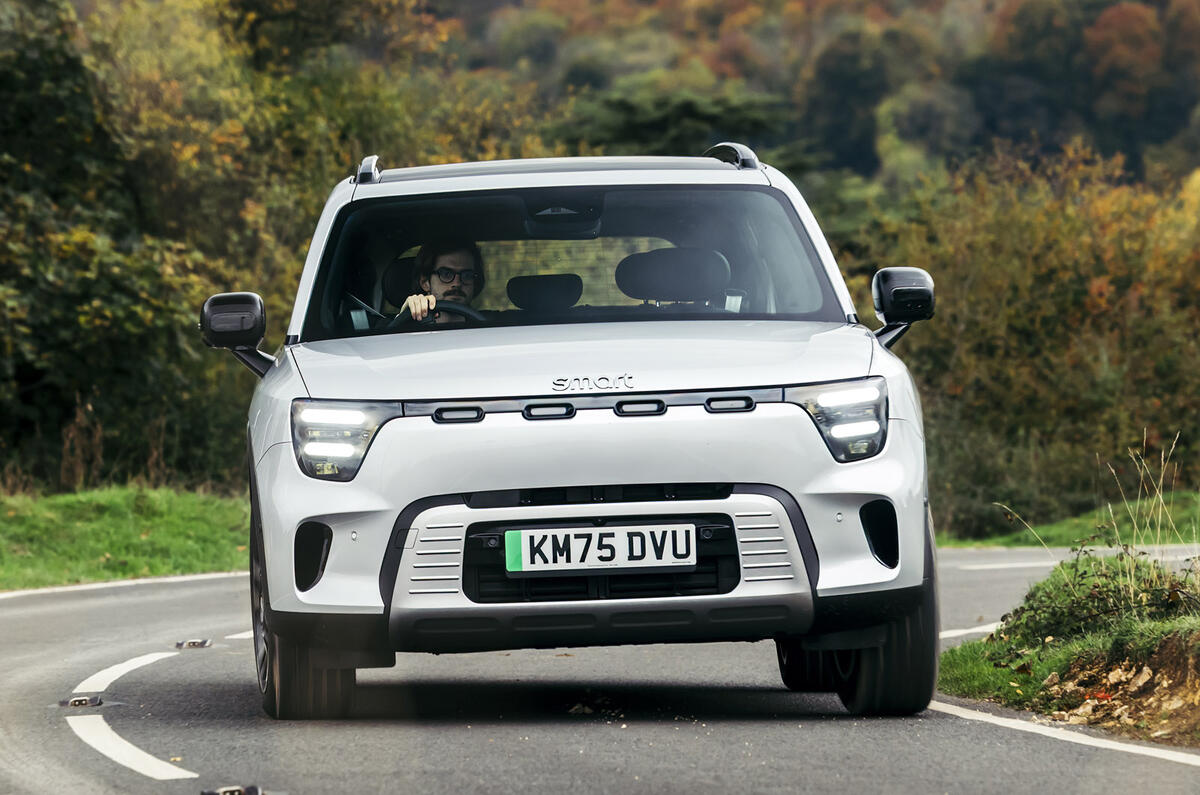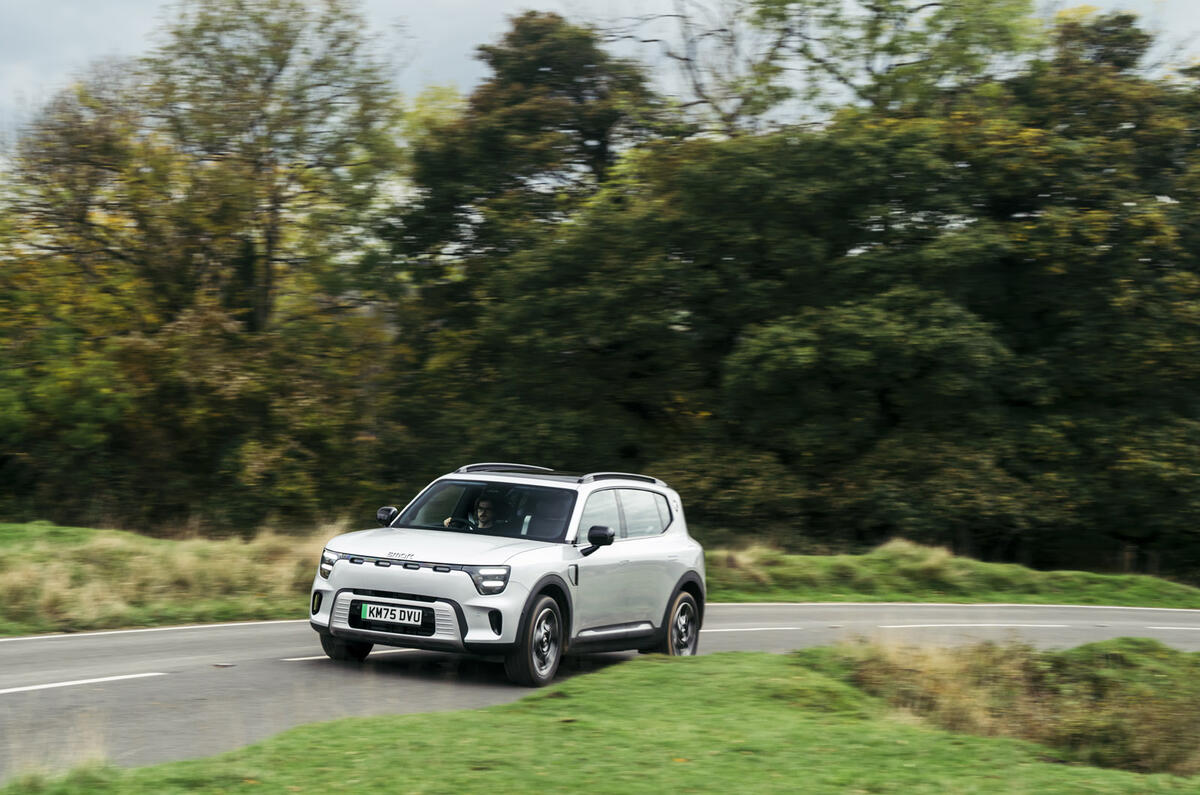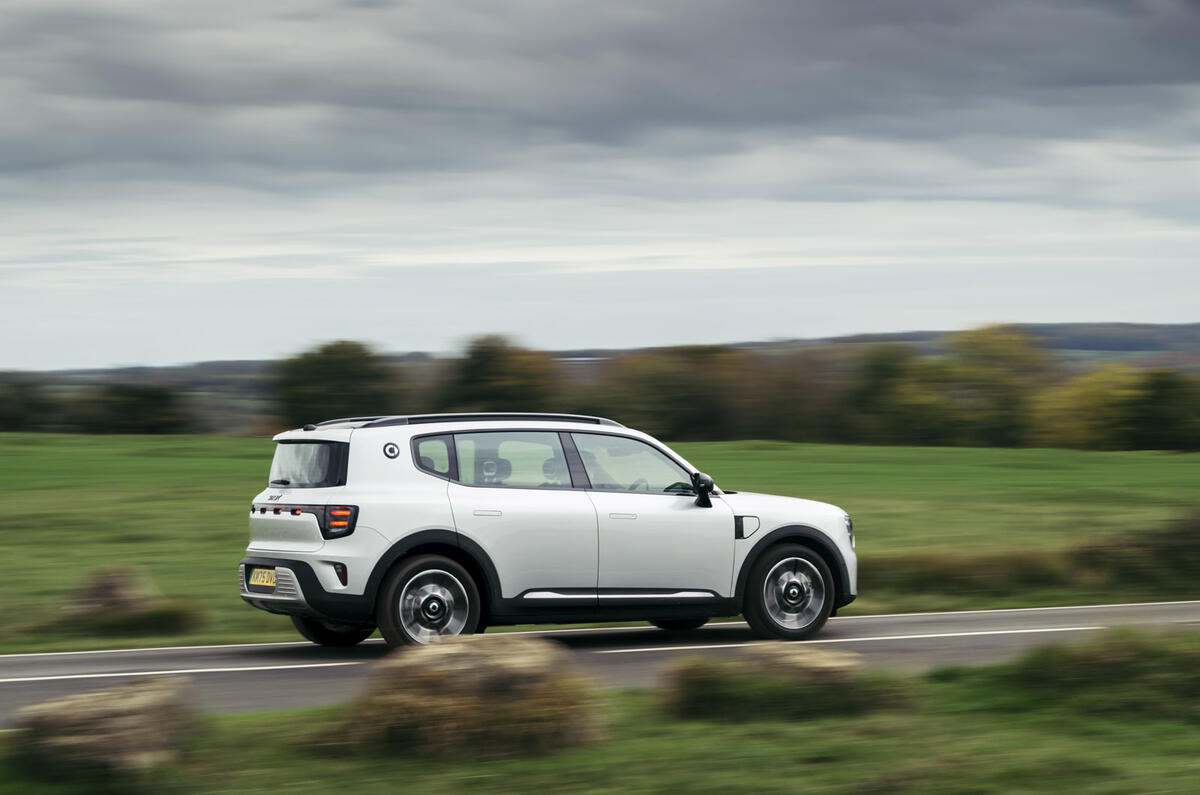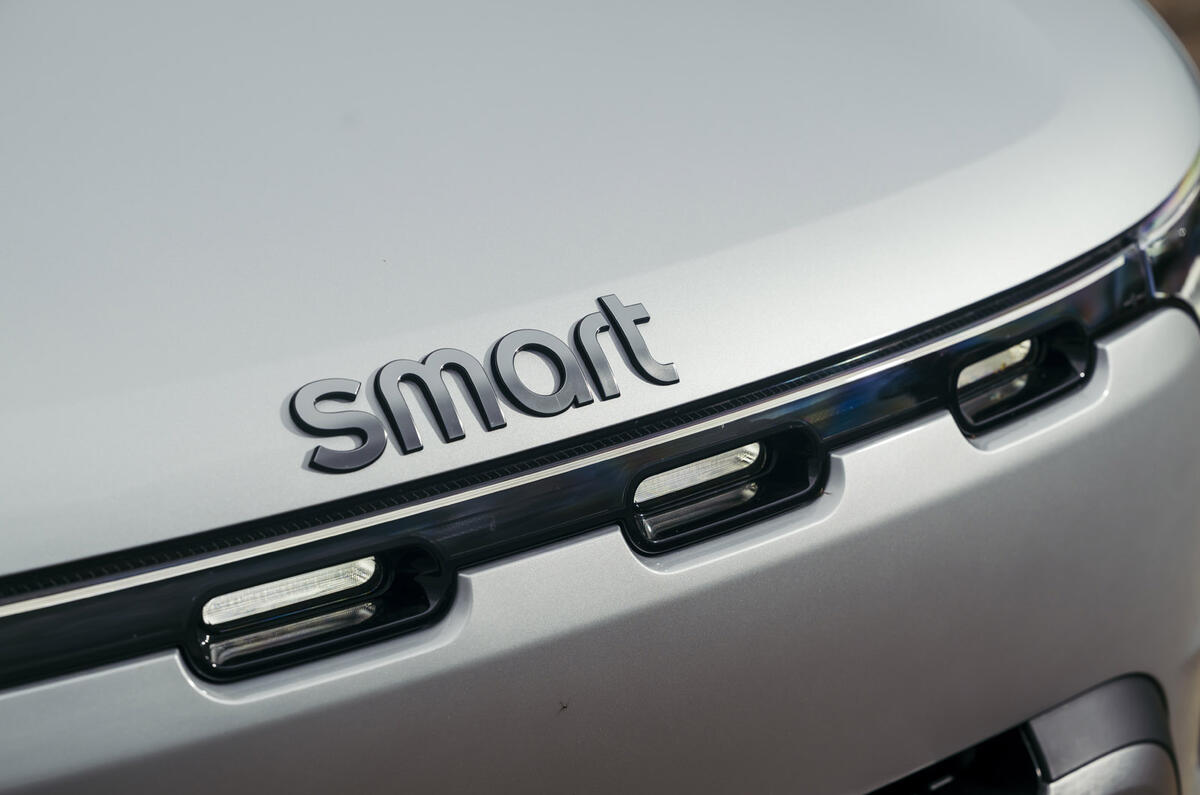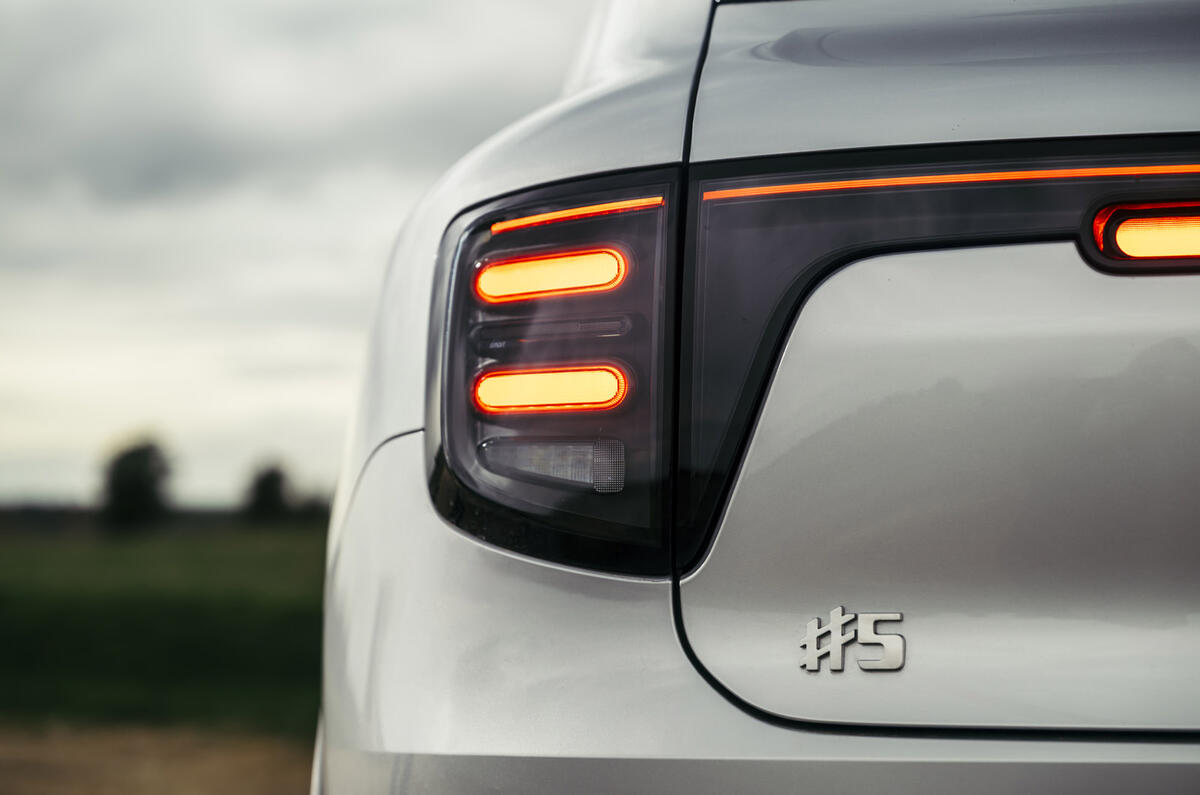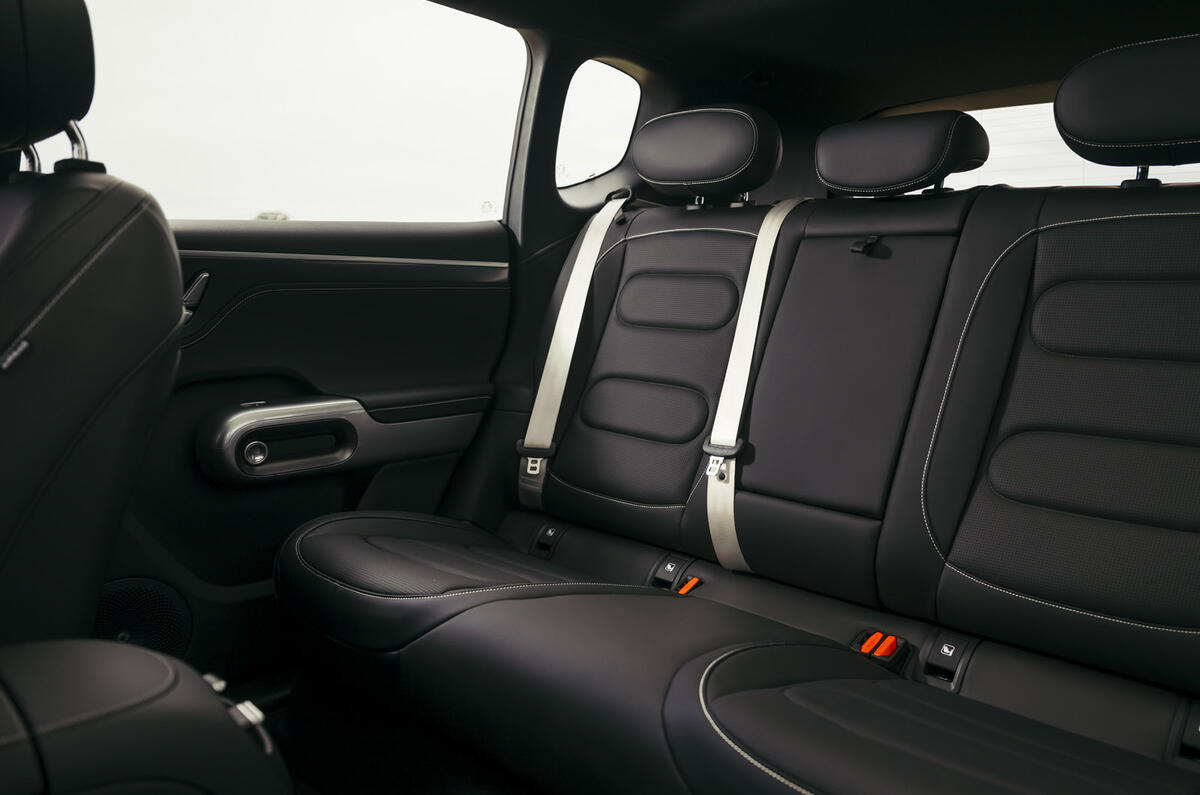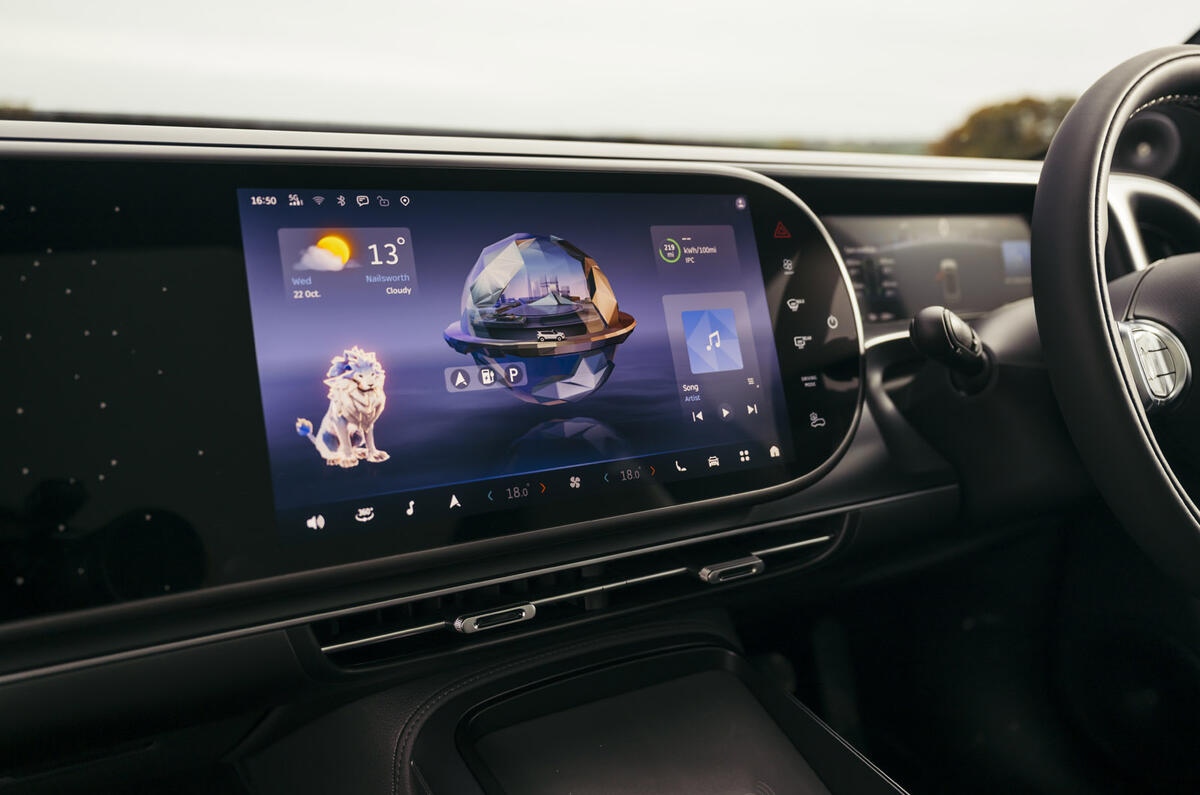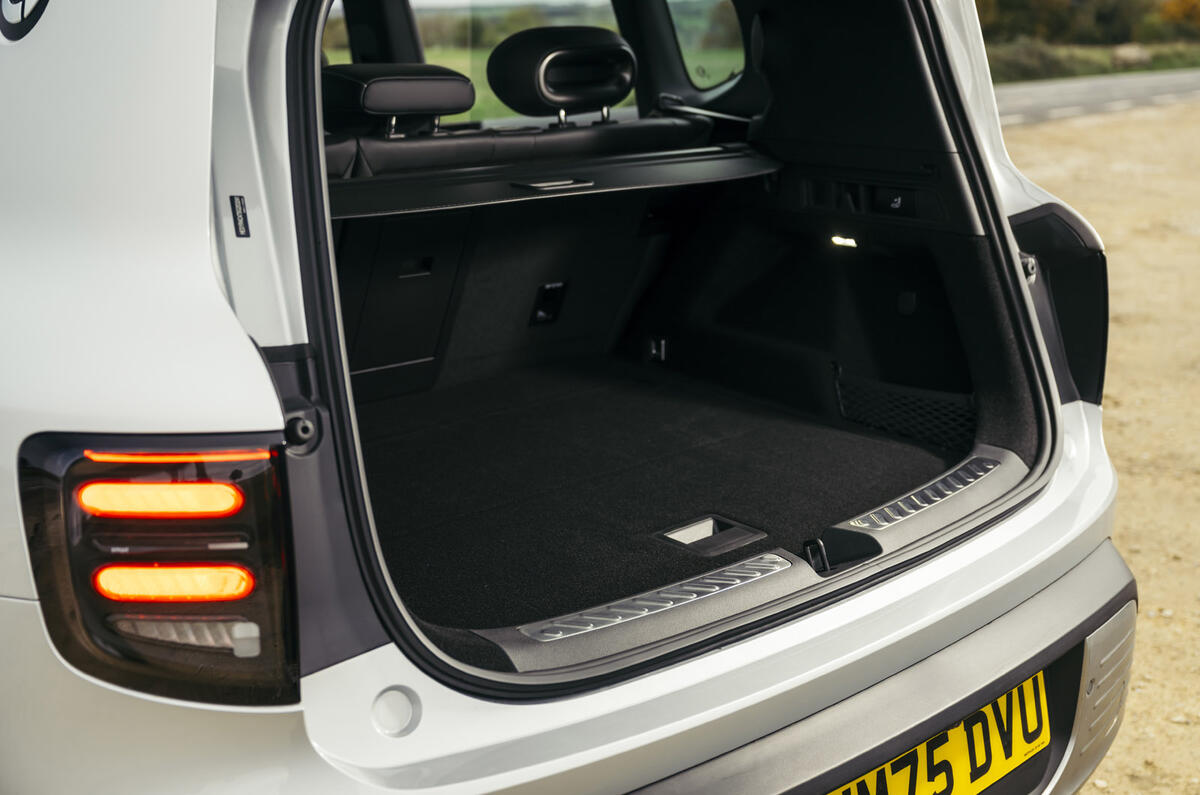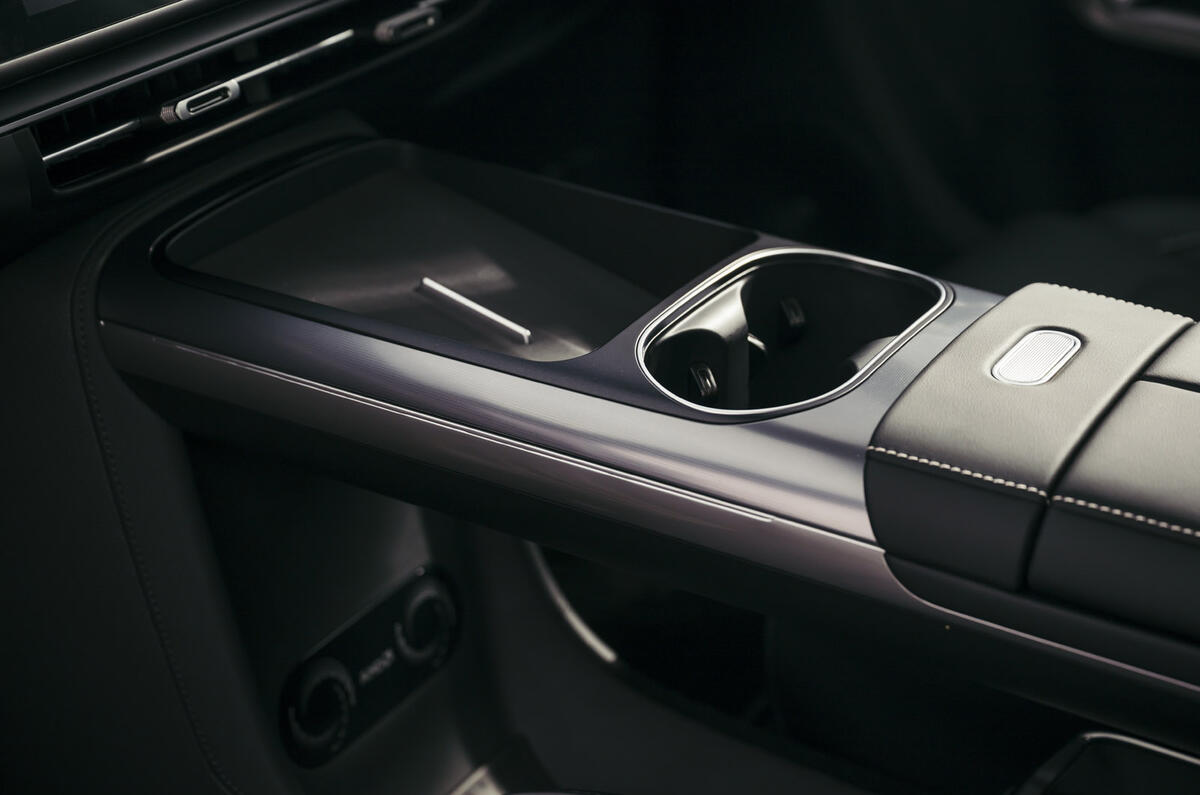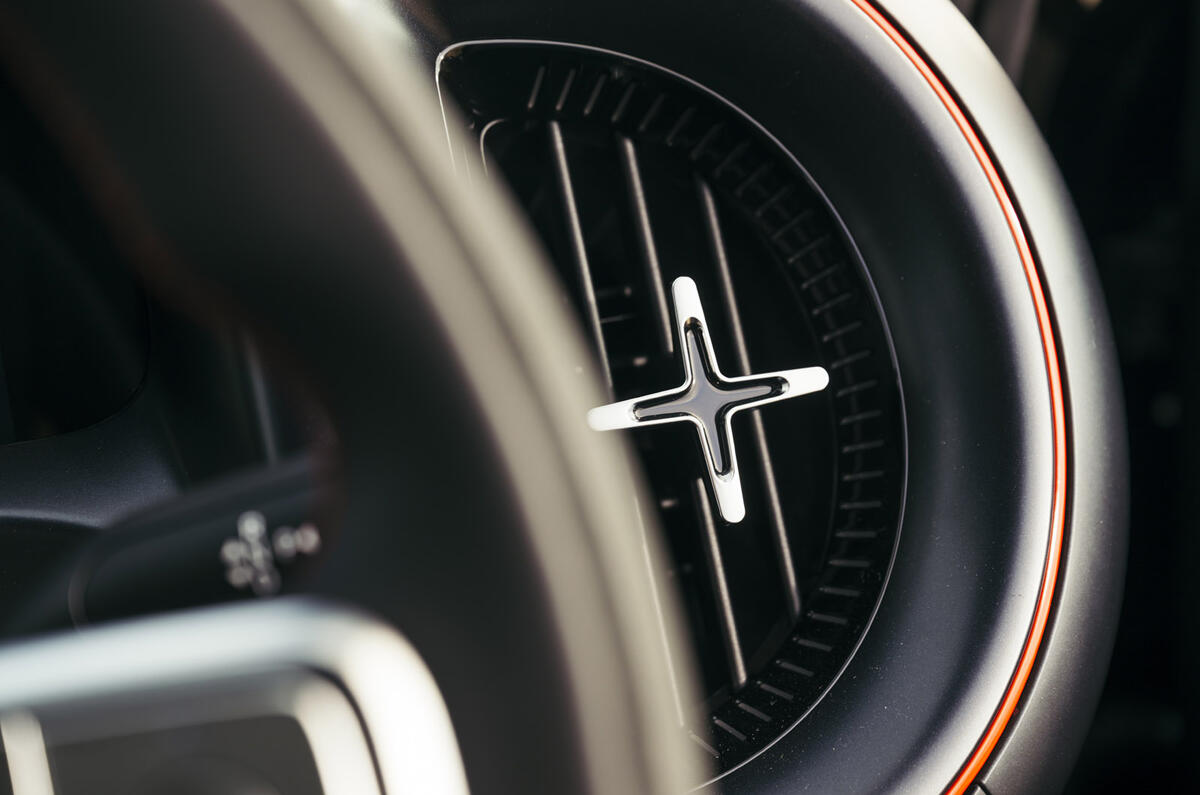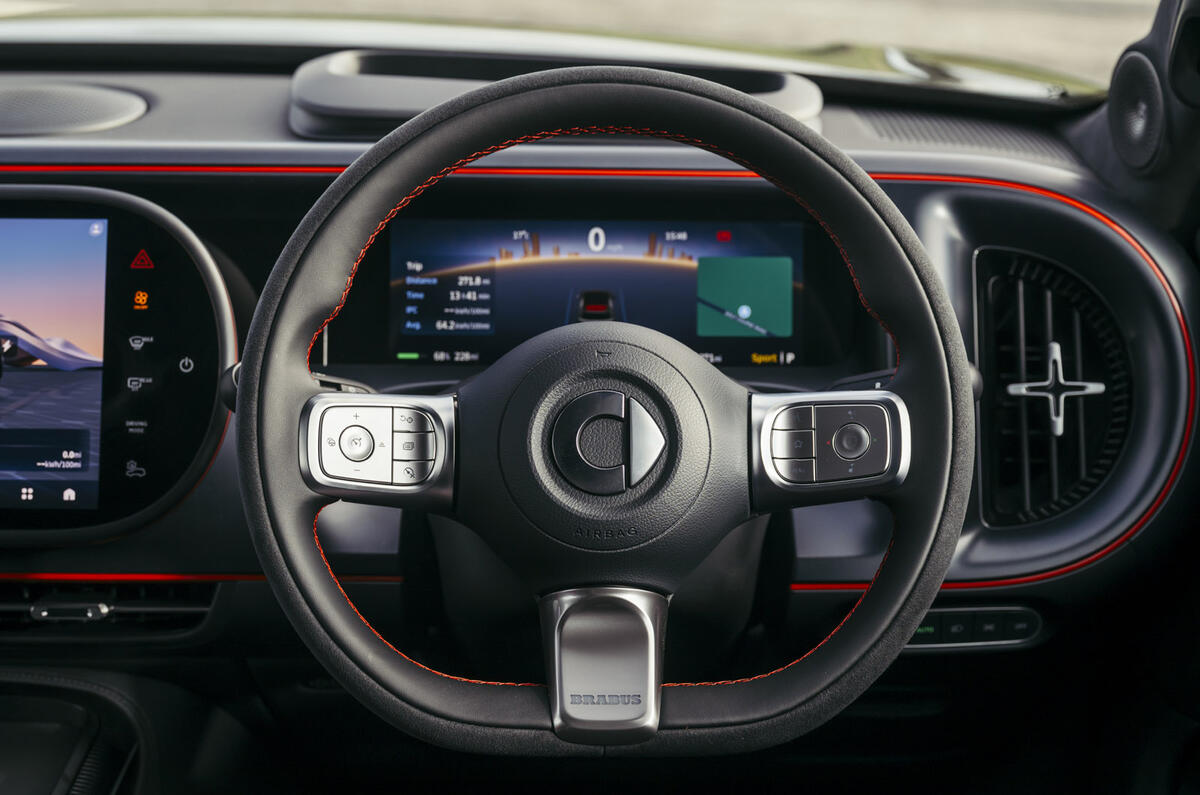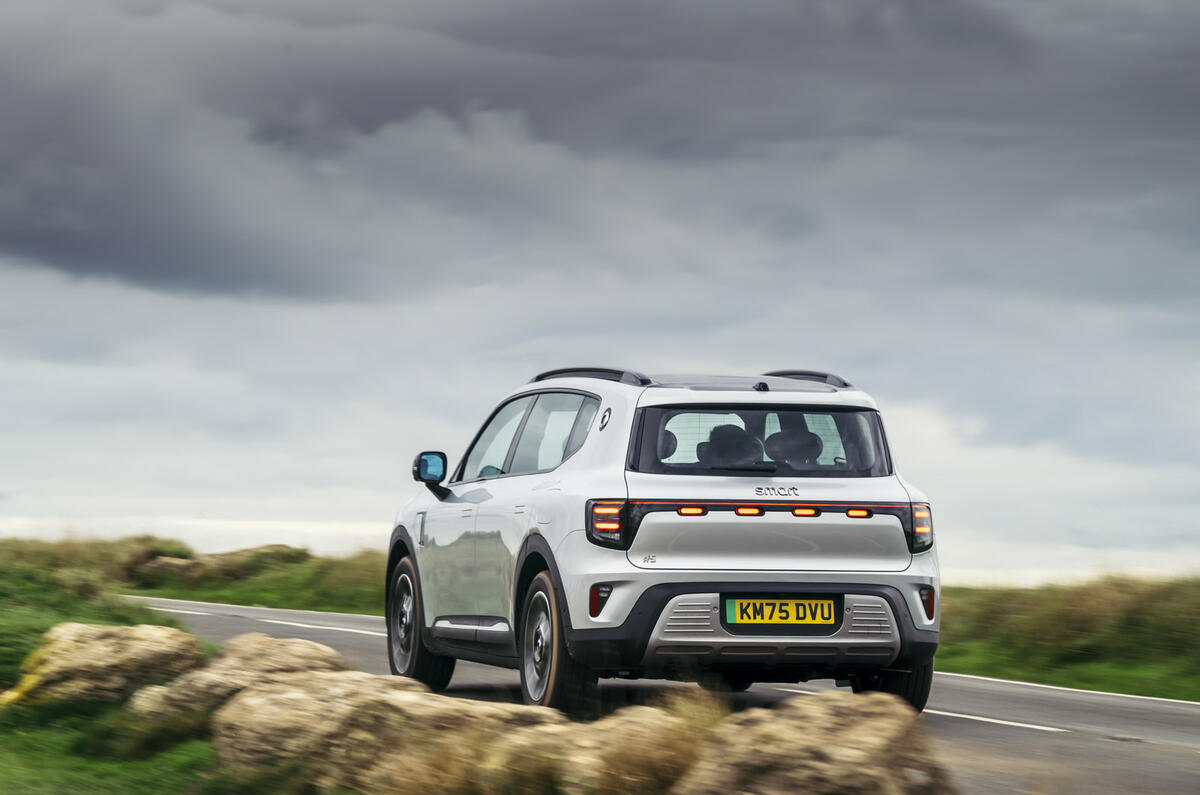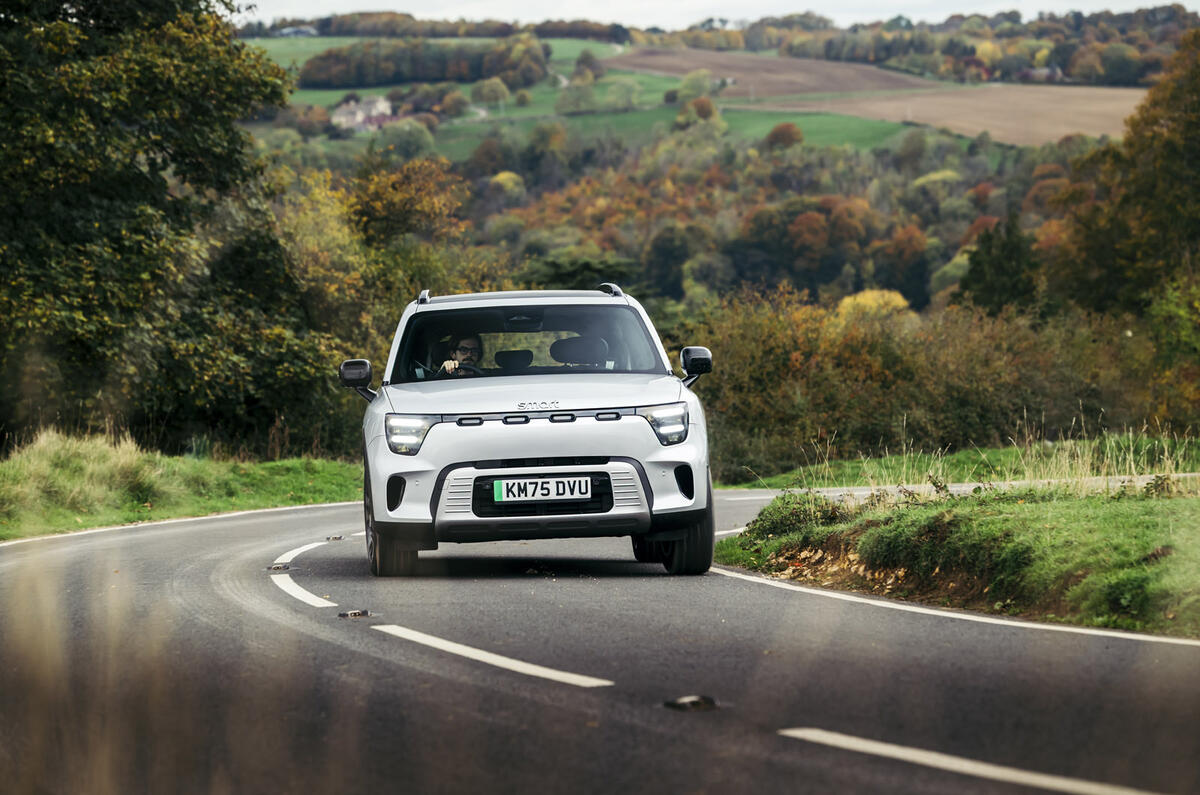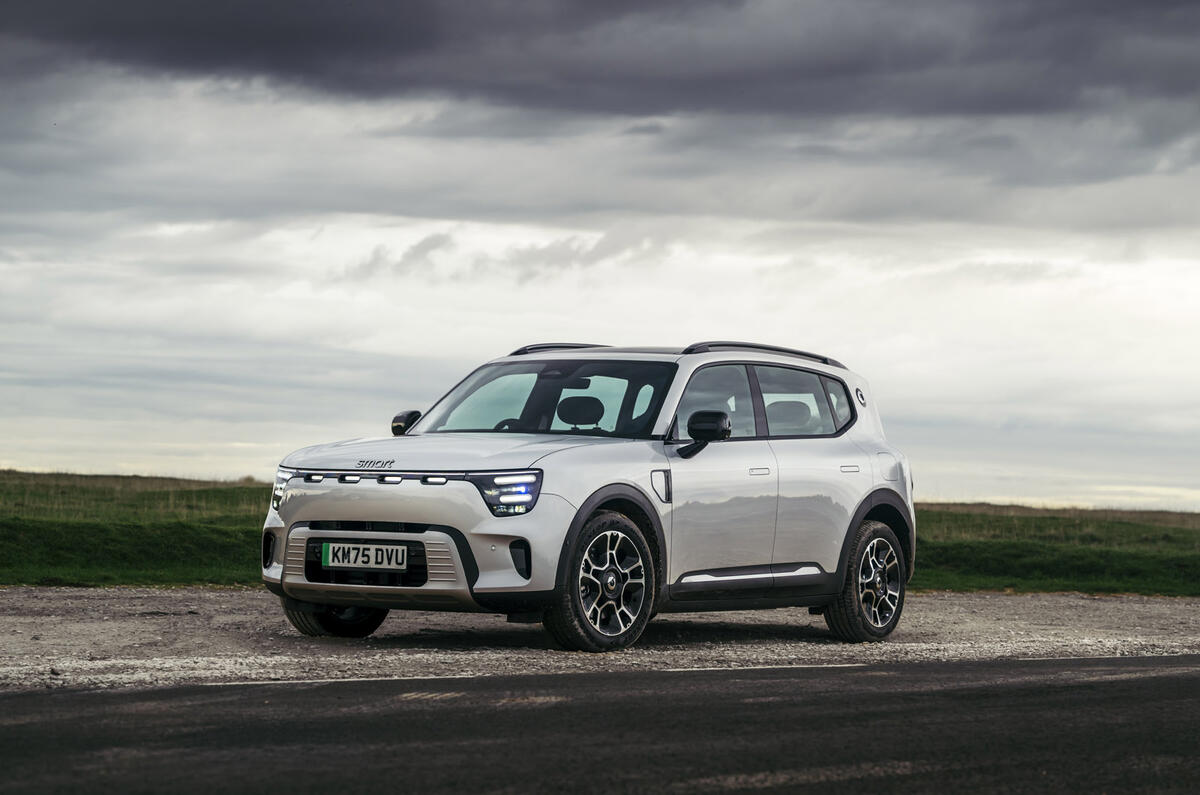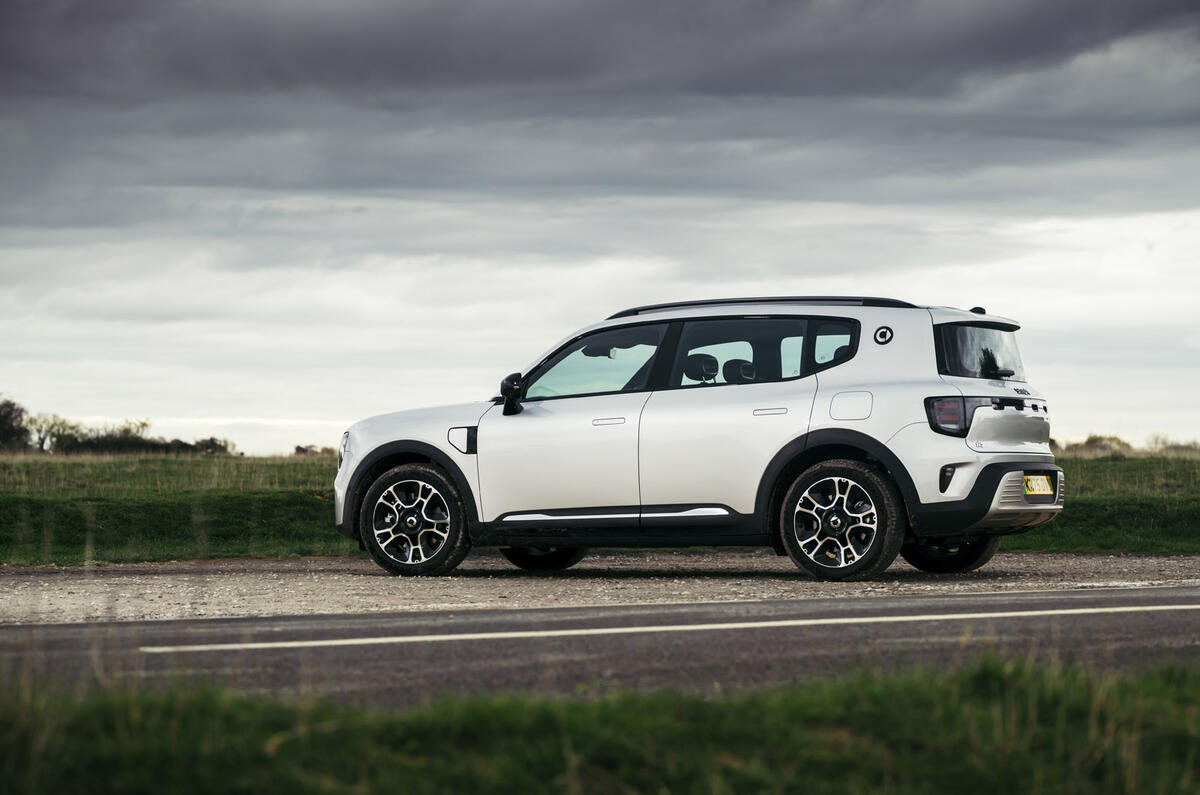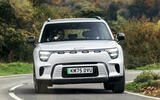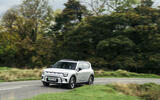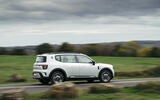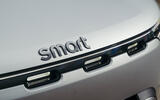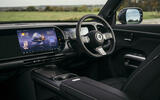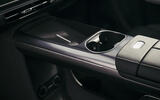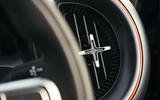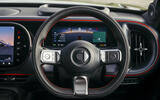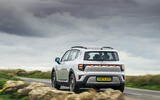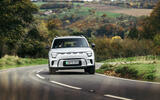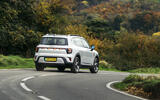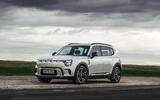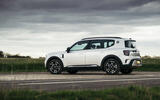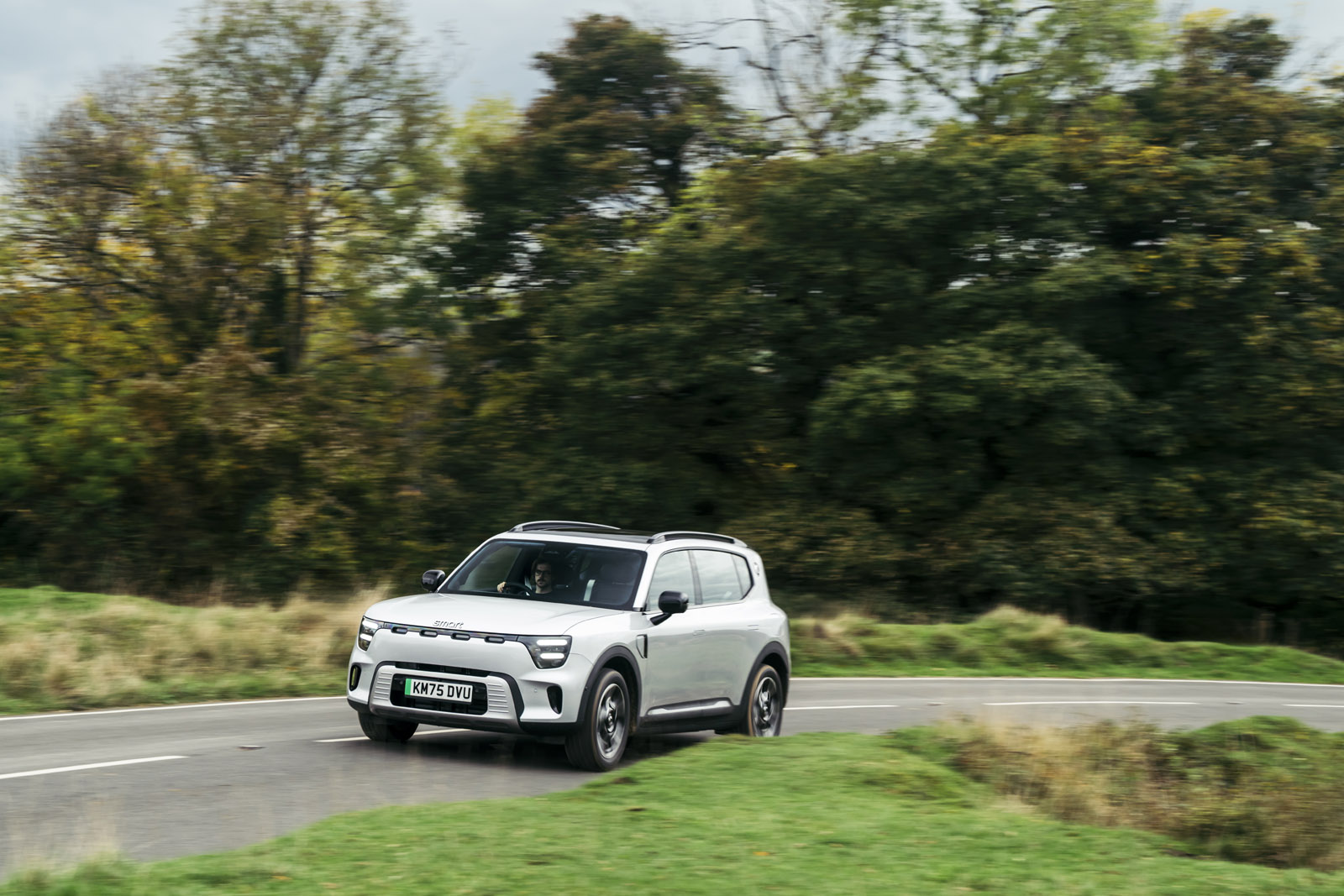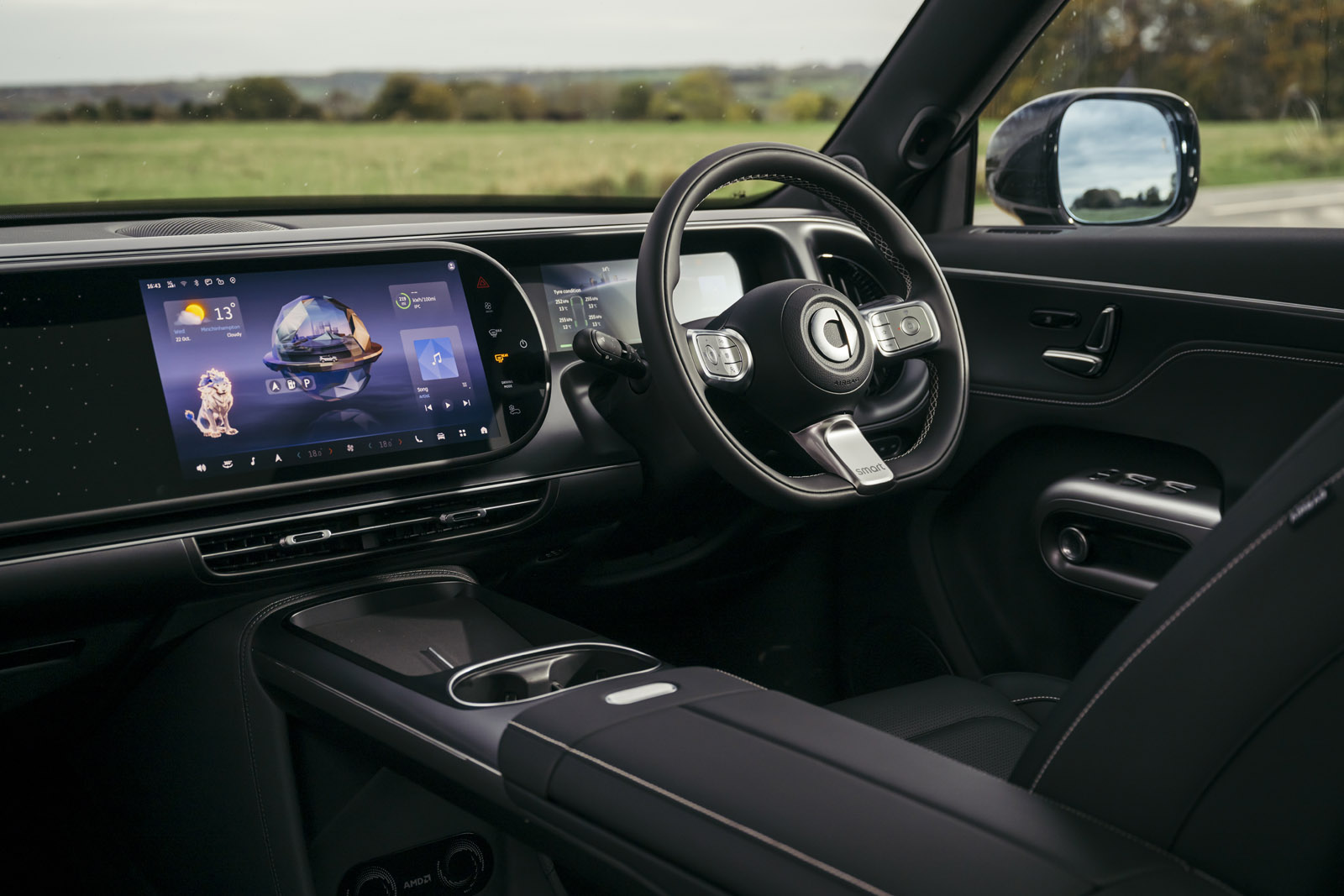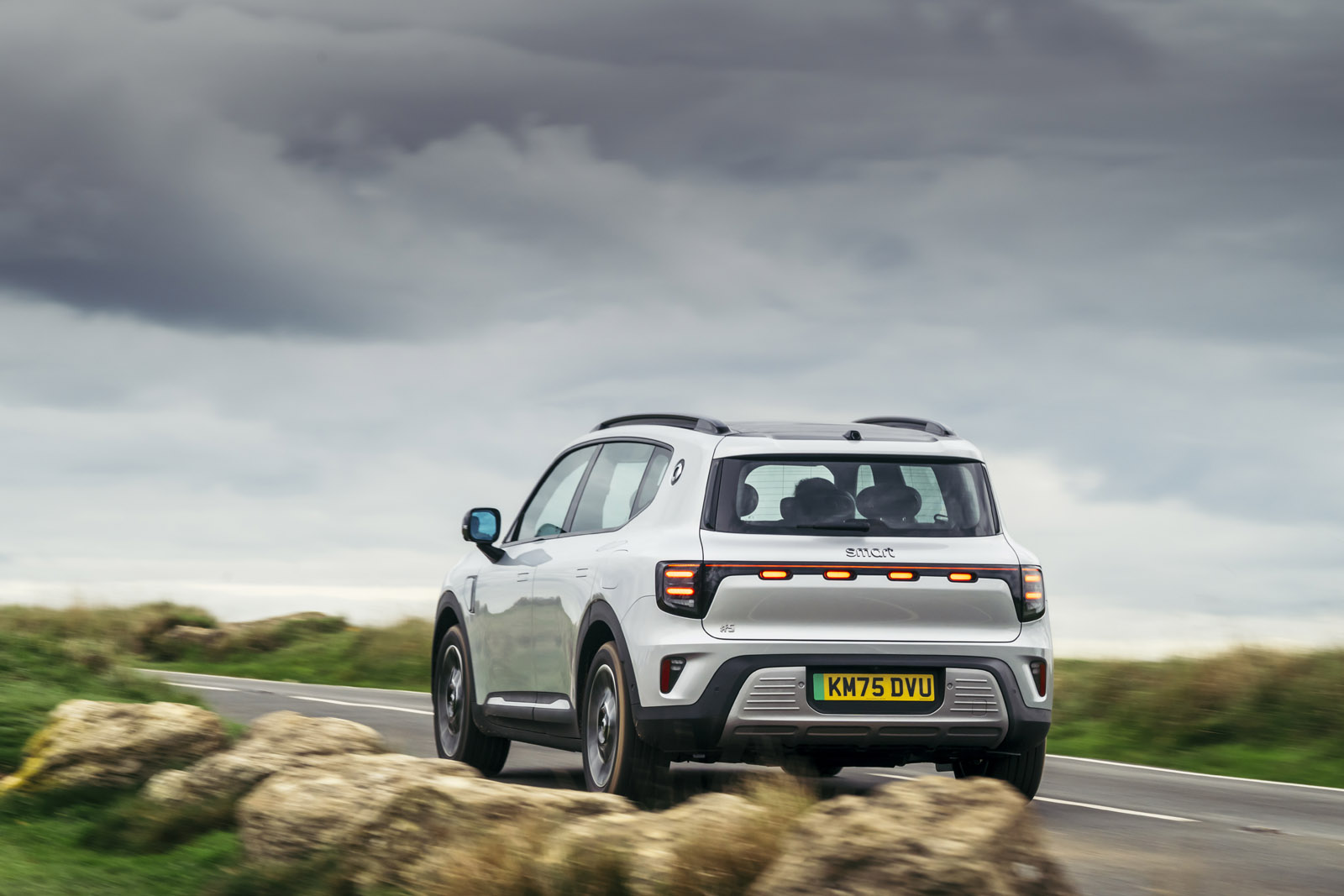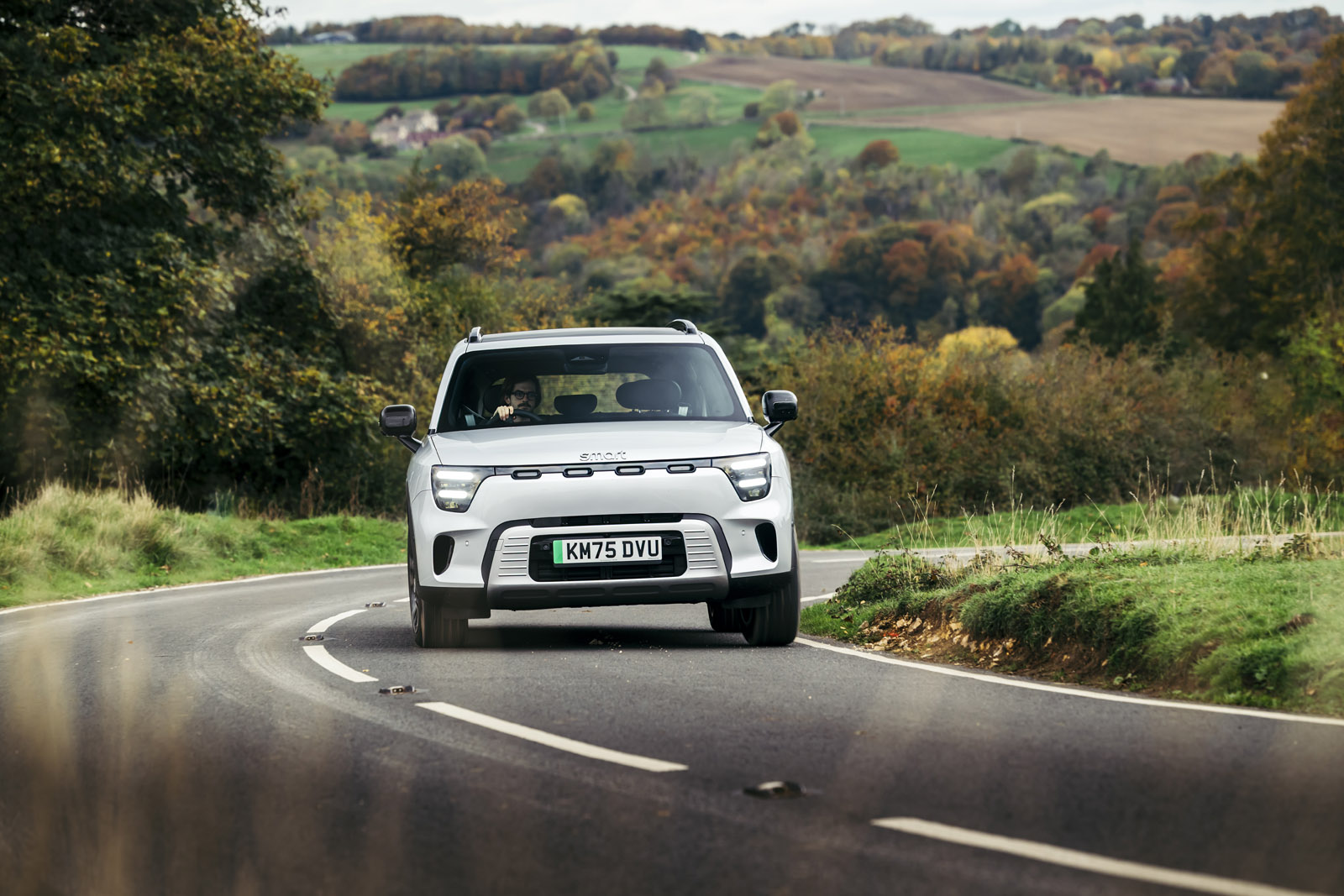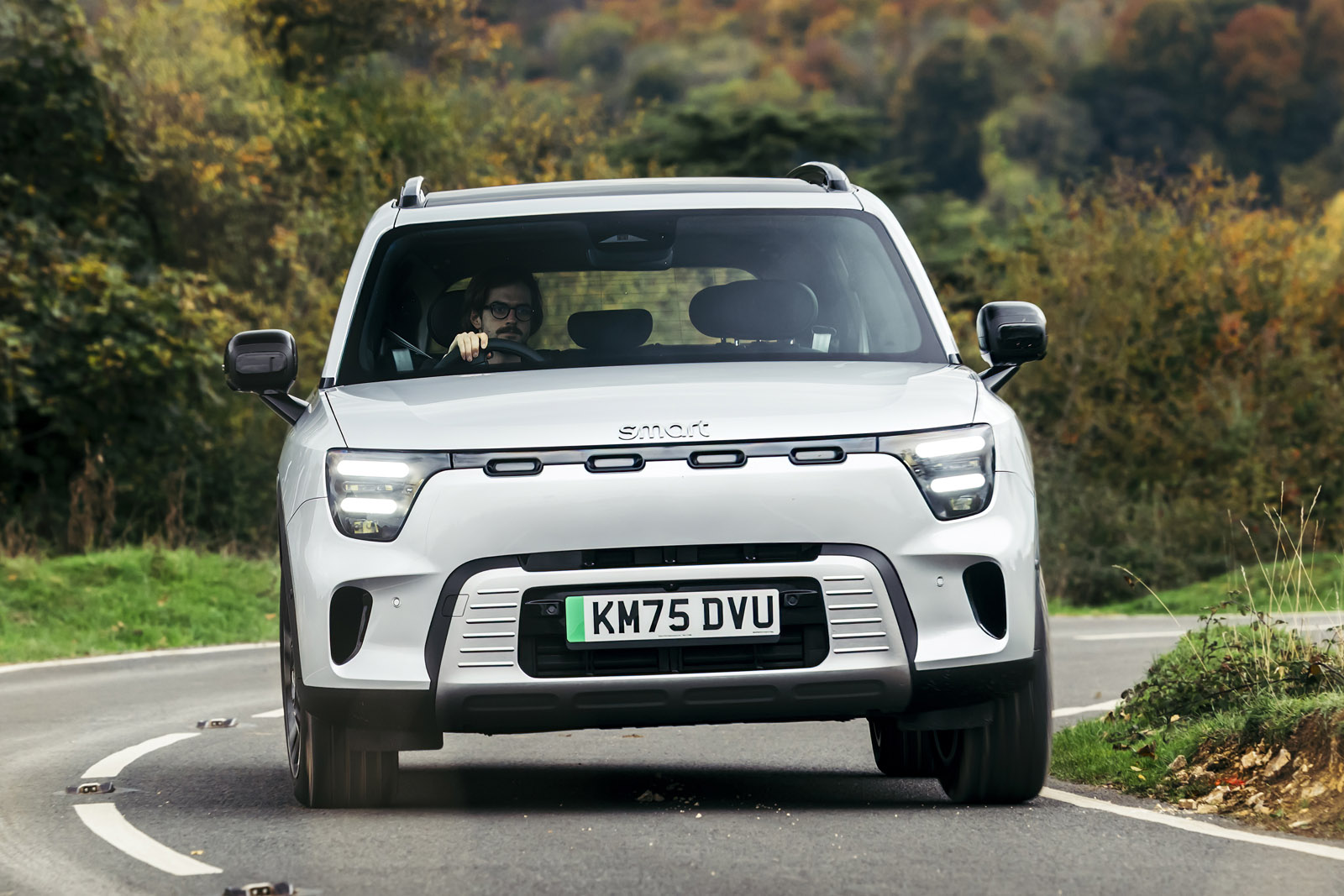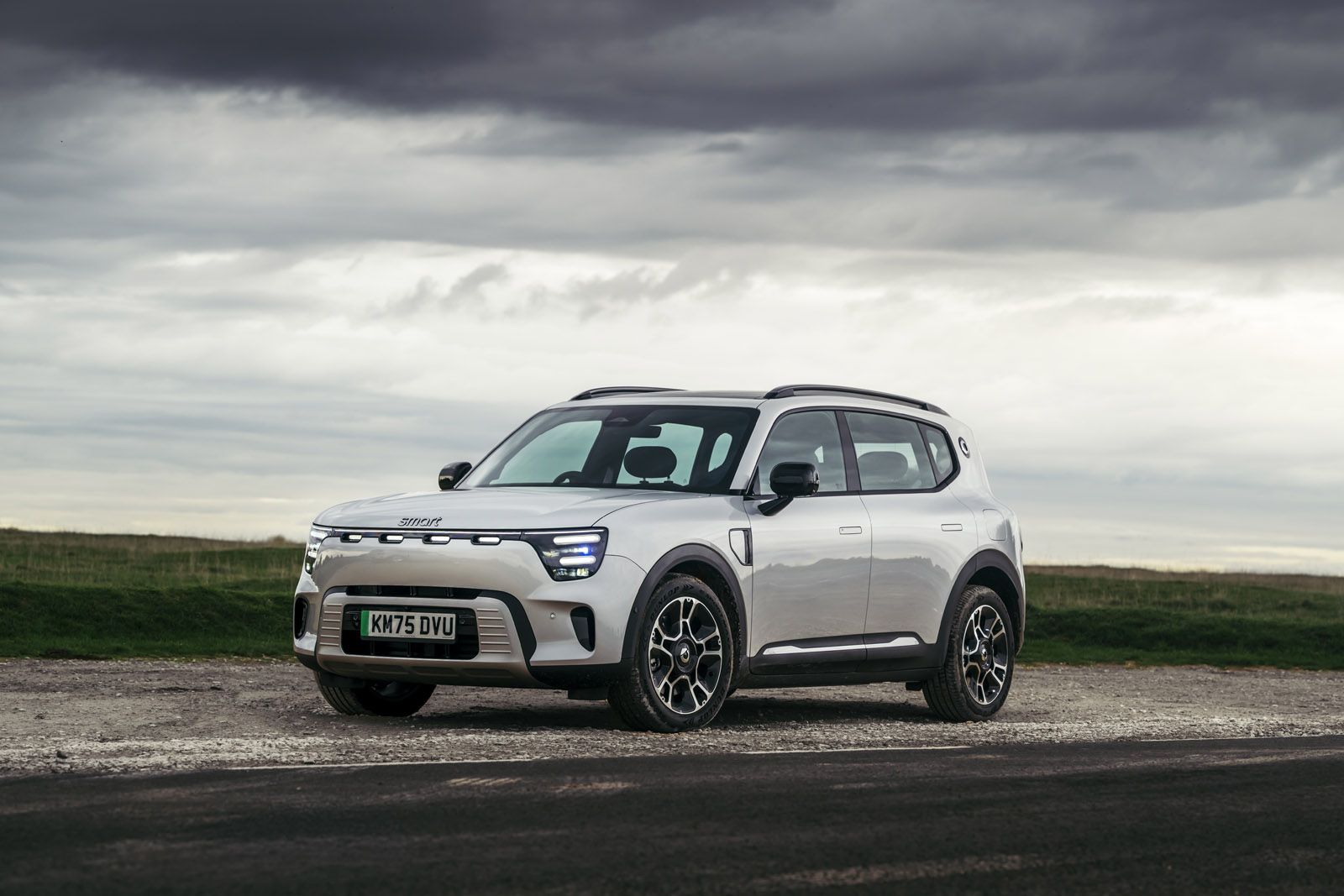In many ways, the #5 could not be further removed from the snack-sized Smart cars of yore, but its designers claim to have taken inspiration from the Fortwo’s innovative packaging – loftily referred to as the ‘body space index’ – to maximise roominess.
And so it proves: with the wheels pushed right to the corners of the body, a totally flat floor and a pleasingly traditional straight-backed silhouette, the #5 has about as cavernous and airy a cabin as its possible to offer in this footprint.
Boot space (630 litres out back and up to 74 in the frunk), head room and oddment storage (there are 32 cubbies dotted around) are all strong suits, and I had a comfortable 20cm of leg room when sat behind my 5ft 10in self - making the #5 more on a par with cars from the class above for back-seat refinement.
It feels of a higher calibre materially compared with its smaller stablemates, too, with decently plush materials used for all the main touchpoints and a reassuring sense of solidity to its (admittedly sparse) physical switchgear.
I reckon the mock carbonfibre trimmings, microfibre upholstery and red accents of the Brabus edition do little but cheapen what is otherwise a really thoughtfully arranged and designed cabin – if a little heavy on the #5’s trademark lozenge motifs – but overall it’s a treatment that legitimises Smart’s premium aspirations.
Inevitably, an over-reliance on the 13in touchscreen for the primary vehicle controls is a weak point, but Smart has responded to customer feedback from the earlier cars and made various functions – like the climate stack, ADAS and audio – quicker to access from the home screen, which helps to minimise eyes-off time. The driver assist functions themselves are irritating and distracting, but no more so than in any other new car, and easy enough to turn off.
A same-sized touchscreen for the front passenger is standard from Pro+ trim upwards (testament to the influence of Chinese consumer demands), which feels totally unnecessary. I found it a distracting presence on the move and can’t quite imagine how bad your conversational skills would have to be on a road trip to force your companion to pop their headphones in and load up a film. It’s technology for technology’s sake and completely unwarranted in a mainstream family crossover. Investment could be better allocated elsewhere.
The same goes for the infotainment interfaces more broadly, which have been overly gamified to the extent that customising your settings is reminiscent of setting up a player profile on a Nintendo Wii, and once again Smart has seen fit to introduce a digital mascot – this time a lion called Leo – which does the sum total of bugger all. It’s difficult to know how much crossover there is between people who appreciate this sort of whimsical digitisation and those who are in the market for a £40,000-plus premium SUV - but I’d wager not much.




